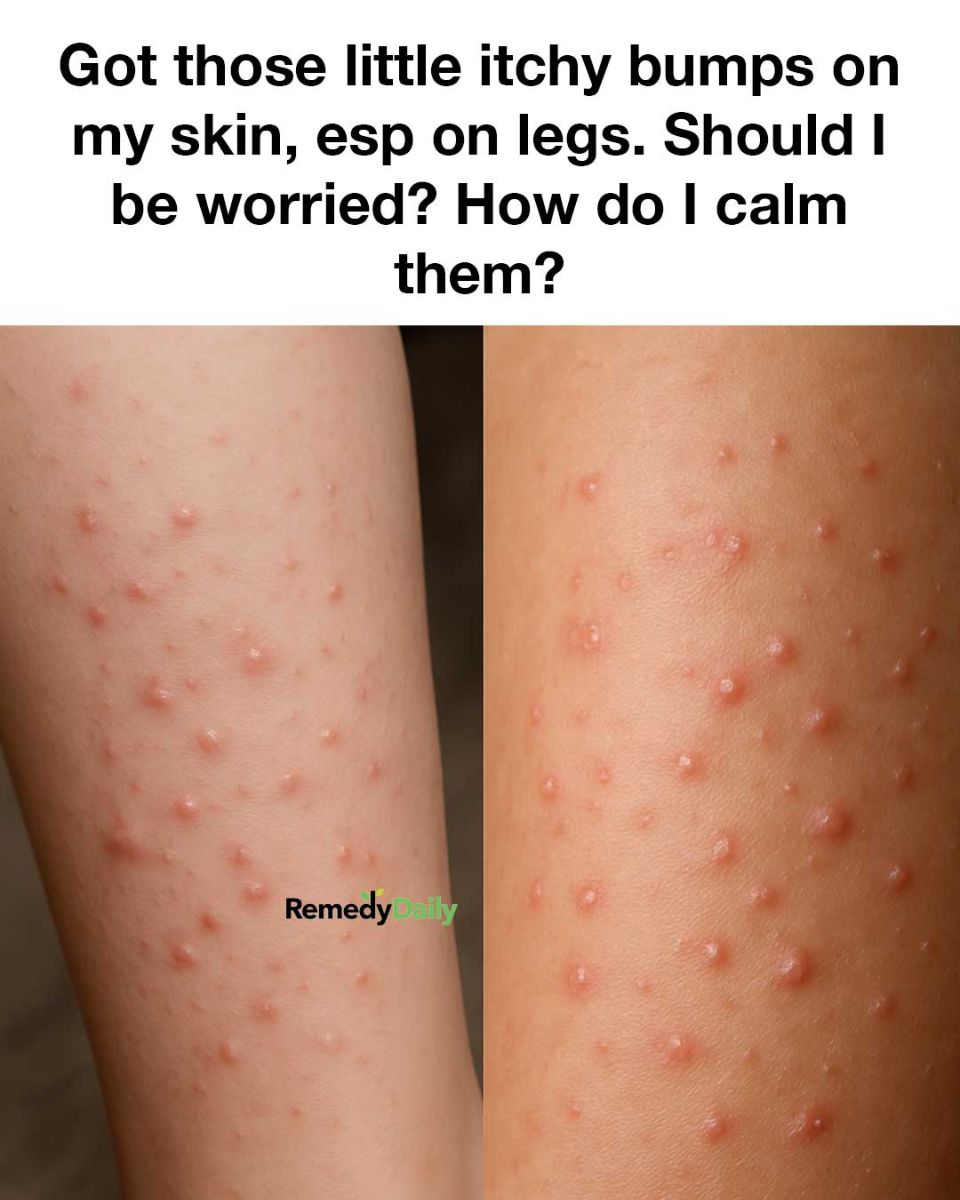Def could use another opinion here
Morgan Reed
Contributing Writer
Itchy bumps on the skin, particularly on the legs, can be a source of discomfort and concern for many individuals. These bumps can vary in appearance and severity, ranging from small, red, and itchy to larger, more inflamed lesions. Understanding the underlying causes and appropriate treatments is essential for alleviating symptoms and preventing future occurrences.
While some causes of itchy bumps are benign and easily treatable, others may require medical intervention. It is crucial to recognize the signs that warrant a visit to a healthcare professional and to be aware of effective home remedies and preventive measures that can help maintain healthy skin.
1. Common Causes of Itchy Bumps on Legs
Itchy bumps on the legs can be caused by a variety of factors, including dry skin, allergic reactions, insect bites, and skin conditions such as eczema or psoriasis. Dry skin, particularly during the winter months, can lead to small, itchy bumps as the skin loses moisture and becomes irritated.
Allergic reactions to substances such as detergents, soaps, or fabrics can also result in itchy bumps. Insect bites, such as those from mosquitoes or fleas, are another common cause, often presenting as small, red, itchy welts. Identifying the specific cause of the bumps is essential for determining the appropriate treatment.
2. When to Seek Medical Advice
While many cases of itchy bumps can be managed at home, there are situations where medical advice is necessary. If the bumps are accompanied by other symptoms such as fever, swelling, or pus, it is important to consult a healthcare professional. Additionally, if the bumps persist for more than two weeks or worsen despite treatment, seeking medical advice is recommended.
In cases where the cause of the itchy bumps is unclear, a dermatologist may perform tests such as a skin biopsy or allergy testing to determine the underlying issue. Early intervention can prevent complications and ensure effective treatment.
3. Identifying Allergic Reactions
Allergic reactions can manifest as itchy bumps on the skin, often accompanied by redness and swelling. Common allergens include certain foods, medications, and environmental factors such as pollen or pet dander. Patch testing can help identify specific allergens responsible for the reaction.
In cases of suspected allergic reactions, it is important to avoid known triggers and consider using antihistamines to alleviate symptoms. If the reaction is severe, such as in cases of anaphylaxis, immediate medical attention is necessary.
4. The Role of Insect Bites
Insect bites are a frequent cause of itchy bumps, particularly during warmer months when insects are more active. Mosquito bites, for example, typically present as small, raised, itchy welts that can last for several days. Flea bites often appear as clusters of small, red bumps, usually around the ankles or lower legs.
To prevent insect bites, consider using insect repellent, wearing protective clothing, and ensuring that living areas are free from insects. Applying a cold compress or calamine lotion can help soothe the itchiness associated with insect bites.
5. Skin Conditions That Cause Itchy Bumps
Several skin conditions can cause itchy bumps, including eczema, psoriasis, and folliculitis. Eczema, also known as atopic dermatitis, is characterized by dry, itchy patches of skin that can become inflamed and bumpy. Psoriasis is an autoimmune condition that leads to the rapid growth of skin cells, resulting in scaly, itchy patches.
Folliculitis is an infection of the hair follicles that can cause red, itchy bumps, often with a white head. Managing these conditions typically involves a combination of topical treatments, lifestyle changes, and, in some cases, prescription medications.
6. Viral Hacks for Soothing Itchy Skin
In recent years, several viral hacks have gained popularity for soothing itchy skin. One such hack involves using oatmeal baths, which can help reduce inflammation and provide relief from itching. To prepare an oatmeal bath, grind one cup of plain oatmeal into a fine powder and add it to a warm bath.
Another popular hack is the use of aloe vera gel, known for its soothing and anti-inflammatory properties. Applying a thin layer of aloe vera gel to the affected area can provide immediate relief. However, it is important to ensure that any home remedies used are safe and suitable for your skin type.
7. Over-the-Counter Treatments
